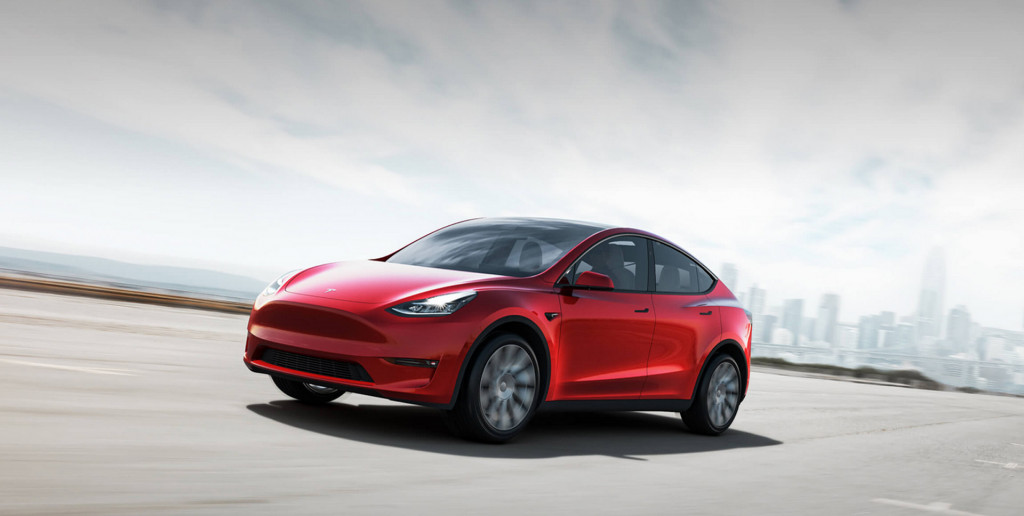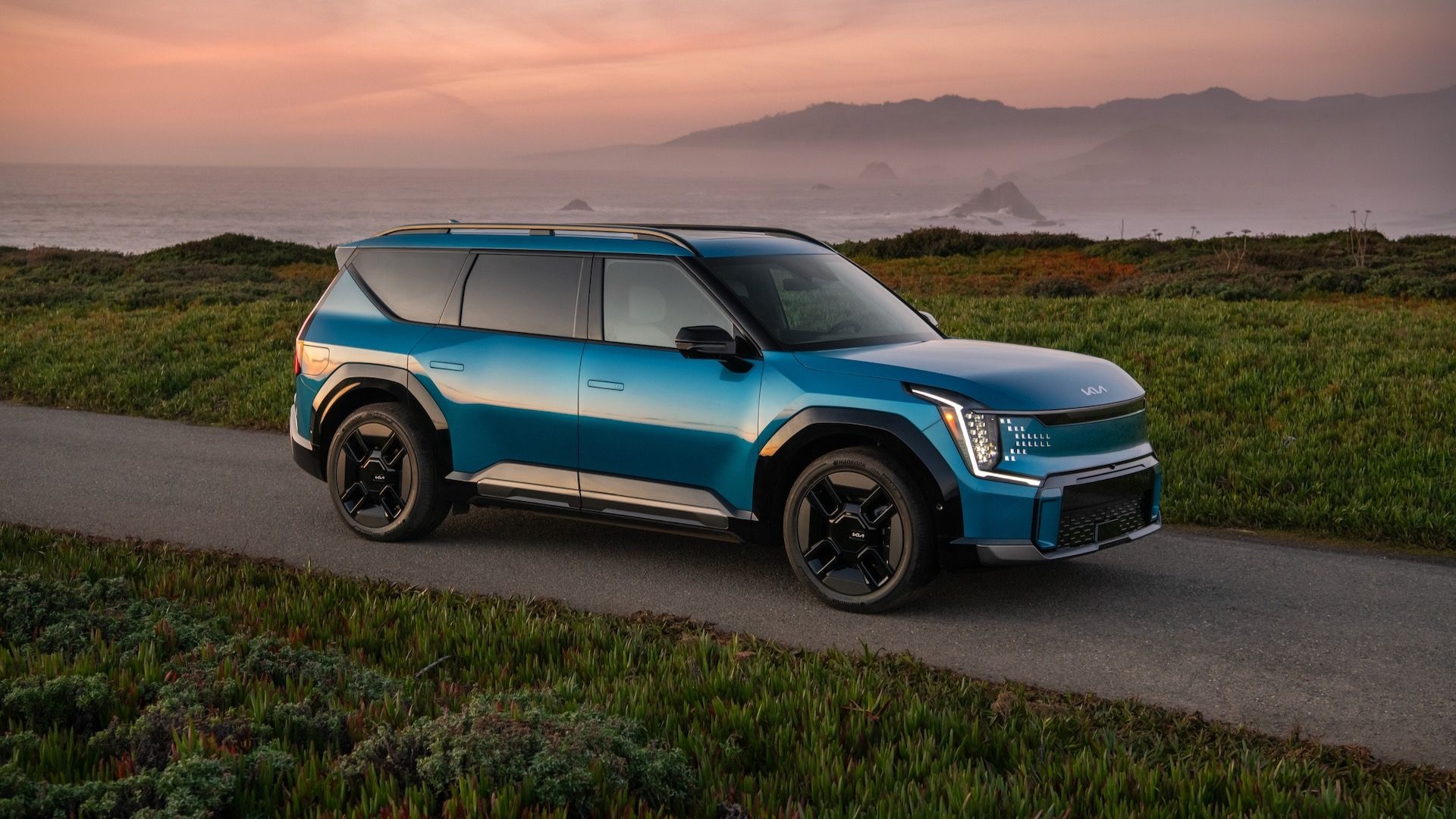Semiconductor chip shortages brought some automakers’ production lines to a halt in the second quarter. Yet as demand for EVs surged, Tesla built and shipped more than 200,000 vehicles in April through June and, on Monday, reported making more than $1 billion in net income for the first time in a quarter.
Credit some industrious workarounds. “Our electrical and firmware engineering teams remain hard at work designing, developing and validating 19 new variants of controllers in response to ongoing semiconductor shortages,” Tesla reported in its update.
But for all the workarounds using multiple versions of chips, Tesla CEO Elon Musk suggested that the company, at present, is also juggling too many kinds of batteries.
“Right now, we kind of have the Baskin-Robbins of batteries situation,” he mused. “So many formats, and so many chemistries, that it’s like 36 flavors of batteries.”
Neither the situation Musk is referring to—31 flavors, a favorite case study of business schools—nor the actual reality Tesla faces is such a good thing, he explained: “This results in an engineering drag coefficient where each variant of cell chemistry and format requires a certain amount of engineering to maintain it and troubleshoot—and this inhibits our forward progress.”

Tesla structural battery - Battery Day 2020
Musk noted that it’s going to be important to validate, ideally, just two or maybe three form factors—one nickel chemistry, still likely to be Tesla’s 4680 format of choice—and one iron chemistry—”so we don’t have to troubleshoot so many different variables.”
The CEO summed that long-term, the iron-rich cells should be applied to energy storage, while nickel-based cells and the structural approach should be for the really long-range road-transport, ship, or aircraft uses.
For now, if the company overshoots on cell supply, for vehicles, then routing that to the Megapack and Powerwall products. But perhaps if there’s a shortage of cells, it will prioritize vehicle production and may decrease production of those energy products.
Semi on back burner, Cybertruck queue
Not all products arrived in plentiful form. As Tesla works toward the ramp-up of a new body process for Model Y crossovers to be assembled at new factories in Texas and Germany, it announced another delay for the Semi, which was originally due for deliveries in 2019. “To better focus on these factories, and due to the limited availability of battery cells and global supply chain challenges, we have shifted the launch of the Semi truck program to 2022,” Tesla stated in its quarterly update.

Tesla Model Y
As for the Cybertruck? Musk said that the Model Y “obviously does take priority over the Cybertruck.” It’ll arrive only after all the heavy lifting is done and the Model Y is being produced.
And that might be a while. As Musk now says frequently, in various ways, manufacturing is hard.













